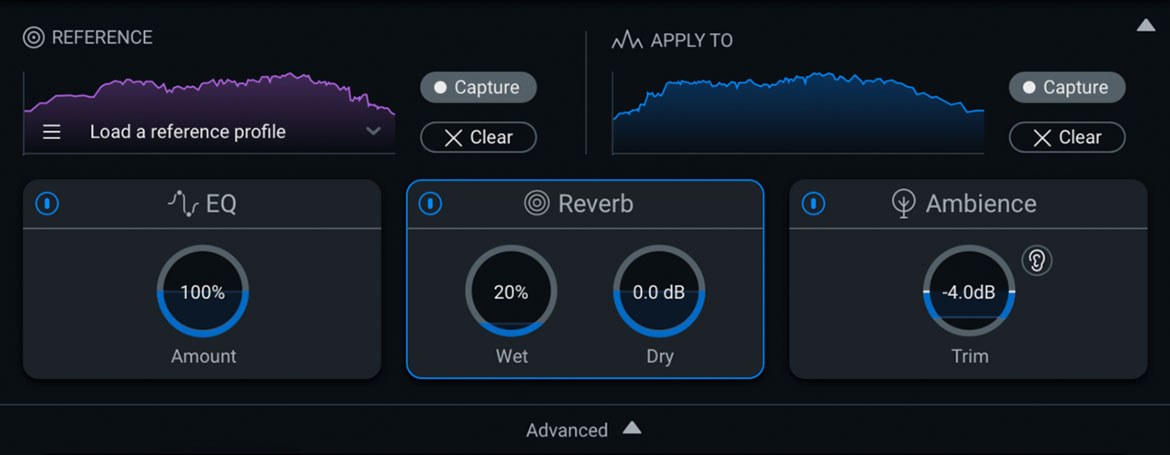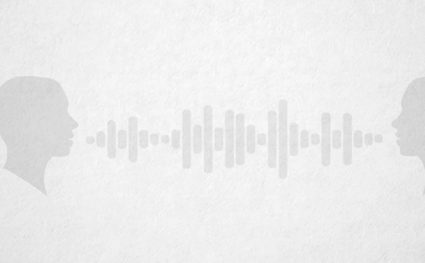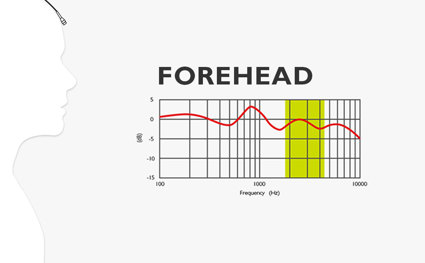Dialogue matching – when it works and when it doesn't

Matching dialogue is an art. Recording dialogue for film and drama usually requires two, three or more recording chains, which – when final – should sound like one balanced track. A typical sound chain could look like this:
- Direct sound recorded on location with a shotgun on a boom pole in combination with:
- Direct sound recorded by a bodyworn hidden lavalier or
- Direct sound recorded by a hidden plant mic
This could be followed by the dubbing recordings made in an ambiance-free studio using a mic on a stand, perhaps too close to the source, adding proximity-based coloration. In addition, depending on the scale of the production, the dubbing may even take place at different facilities due to the availability of the actors – or technical facilities.
To make these different recordings sound identical takes a skilled and experienced engineer as well as time and effort.
Adding artificial intelligence to the post-work
Recently, a fantastic plug-in has been introduced to aid sound production for film: The Dialogue Matching plug from iZotope. By using artificial intelligence, this program can identify characteristics of each recording and add corrections to match the reference, which is generally the boomed track.
The plug-in is intended to reduce the time used for post-production.

As good as the plug-in is, it cannot solve every challenge that arises during recording. There are important rules to follow, which are specifically related to the selection and use of microphone
The sound samples in the rest of this article demonstrate some of the rules that must be followed. You will clearly hear which problems dialog matching can correct and which ones it cannot.
Identical environments – easy to match
In this case, the environment is identical for both microphones, a shotgun overhead and a lavalier microphone. This a two-track recording:
Track DM - 1-1 (reference). Overhead shotgun (4017 Shotgun Mic).
Track DM - 1-2. Bodyworn lavalier (simultaneously recorded with 4060 Miniature Omnidirectional Mic).
Track DM - 1-3. Track 2 after dialogue matching.
The result sounds nice and well balanced.
Correction of reverberant sound – tough to match
It is a tough– or rather impossible - job to reduce reverberation on a recording. In this example, the timbre of the reference voice is ok, however, it is not possible to remove the reverberation.
It works much better however, to match a dry recording to a reverberant reference.
Track DM - 2-1 (reference). Overhead shotgun (4017 Shotgun Mic), moderate reverberation.
Track DM - 2-2. Overhead shotgun (4017 Shotgun Mic), heavy reverberation in a small room.
Track DM - 2-3. Track 2 after dialogue matching. Track 1 is the reference.
Track DM - 2-4. Track 1 after dialogue matching. Track 2 is the reference.
Rule: The recording intended for correction should never contain more reverb than the reference.
Correction of distorted sound – unable to match
Removing distortion from a recording is seldom possible. The distortion, in this case, is generated from a miniature microphone supplied by too low bias.
Track DM - 3-1 (reference). Overhead shotgun (4017 Shotgun Mic).
Track DM - 3-2. Lavalier (4060 Miniature Omnidirectional Mic) with too low bias voltage.
Track DM - 3-3. Track 2 after dialogue matching.
Rule: Keep the recordings free of distortion. Make sure your lavs are powered correctly.
Correction of band-limited sound – unable to match
In this example, a recording has a limited bandwidth compared to the reference. If the recorded dialogue has a reduced bandwidth compared to the reference, it cannot be fixed with dialog matching.
Track DM - 4-1 (reference). Overhead shotgun (4017 Shotgun Mic).
Track DM - 4-2. The same recording as track 1, bandpass filtered to exhibit telephone bandwidth
Track DM - 4-3. Track 2 after dialogue matching.
Rule: It is not possible to correct recordings if band limitation is narrower than the reference.
Correction of compressed sound – difficult to match
If the recorded sound is compressed or has been through hard limiting, it is difficult for dialog matching to “expand” the audio. In this case, it is the recorders limiter, that dominates the sound.
Track DM - 5-1 (reference). Overhead shotgun (4017 Shotgun Mic).
Track DM - 5-2. Lavalier, hard-working input limiter (4017 Shotgun Mic into Sound Devices 788T).
Track DM - 5-3. Track 2 after dialogue matching.
Rule: Do not compress the field recording during the take.
Conclusion
Dialogue matching works – if the quality of the recordings is high enough. That old saying still applies – garbage in = garbage out. Artificial Intelligence cannot replace common sense.
The better microphones, recording chain and techniques use, the better off you are. The right starting point is to use microphones exhibiting matching sonic consistency. And, of course, don’t forget to use your ears!




